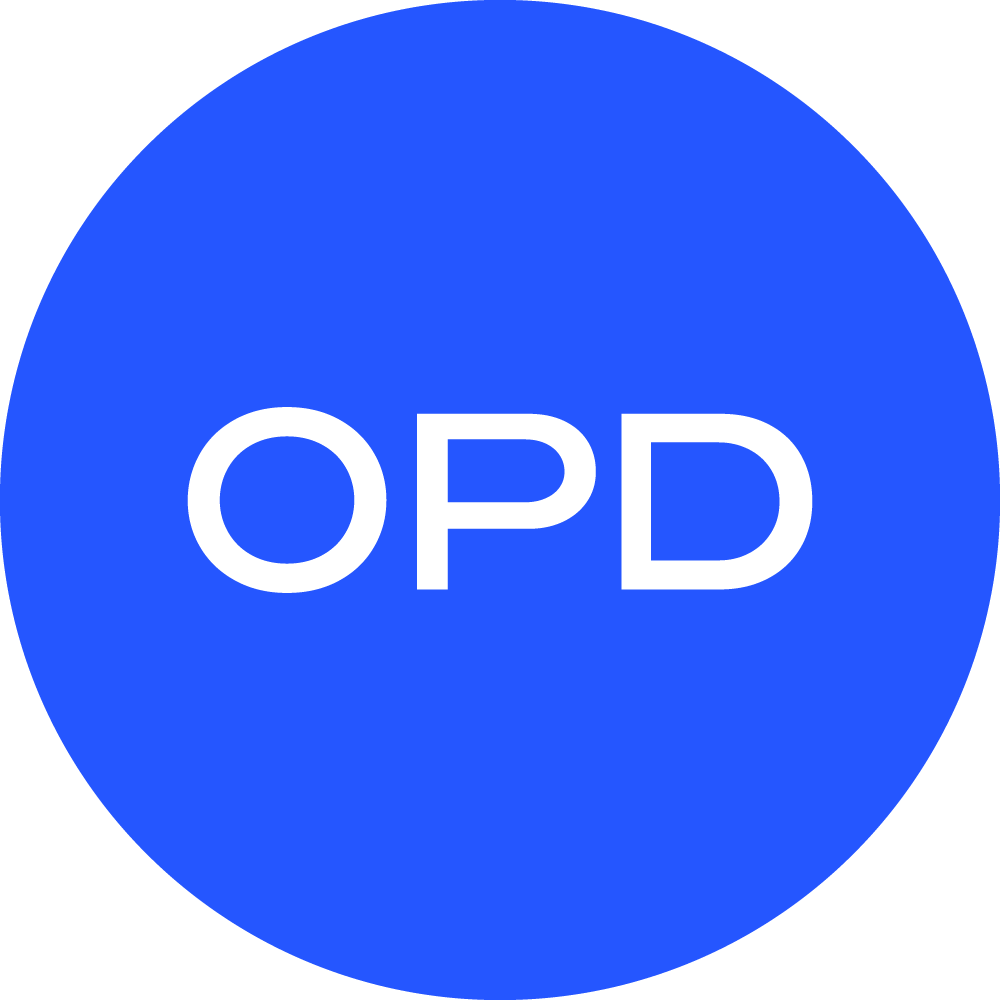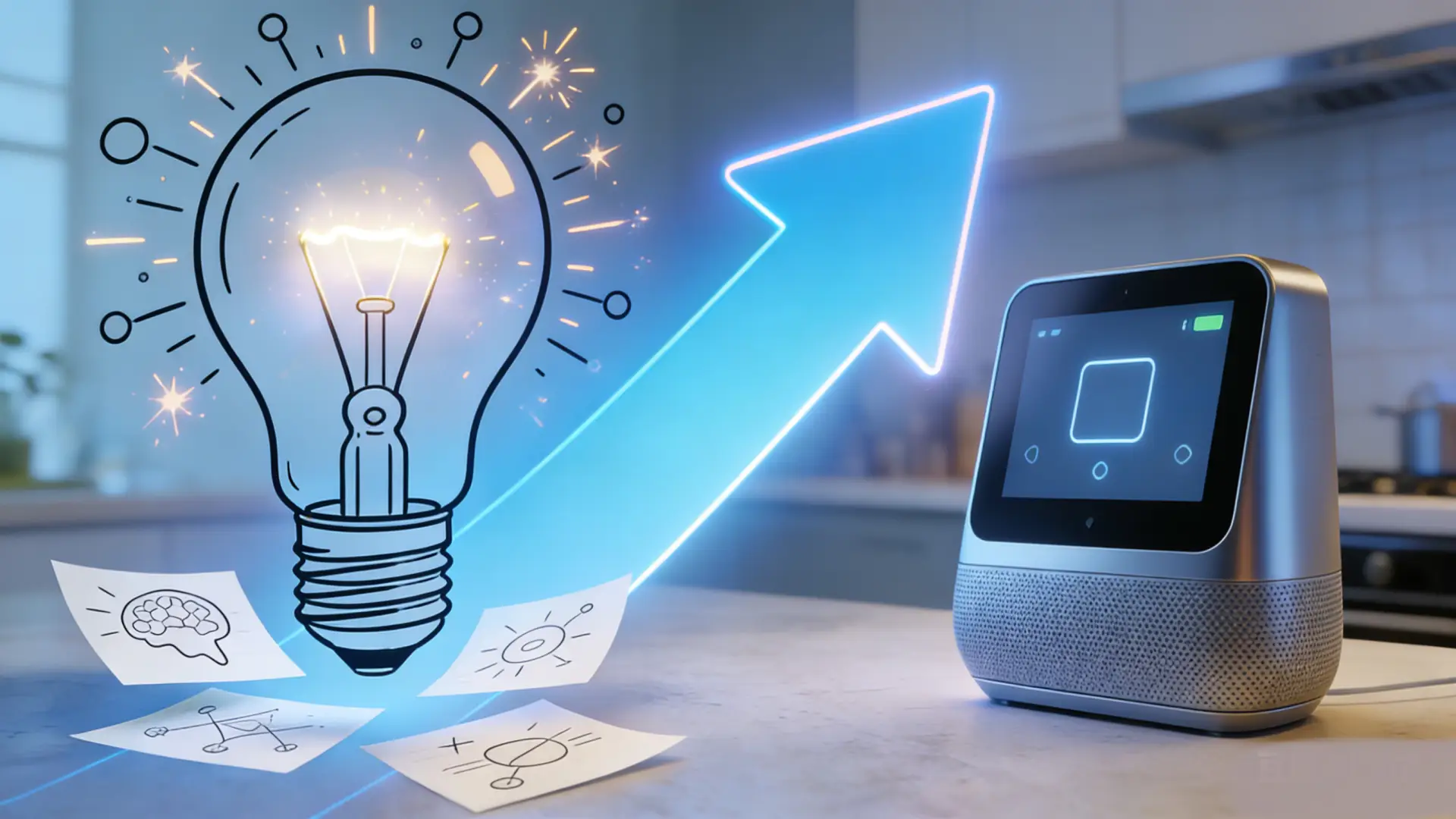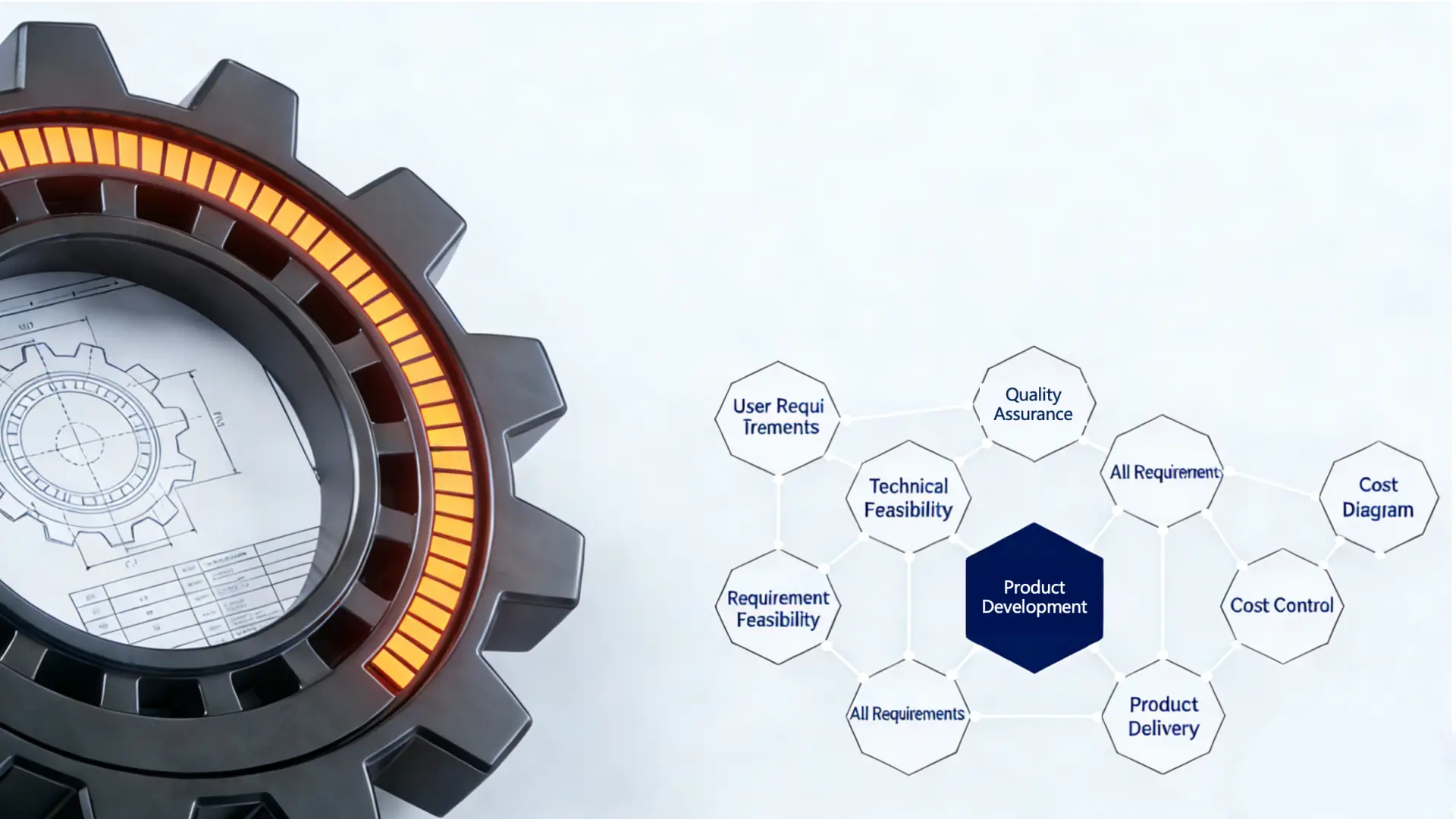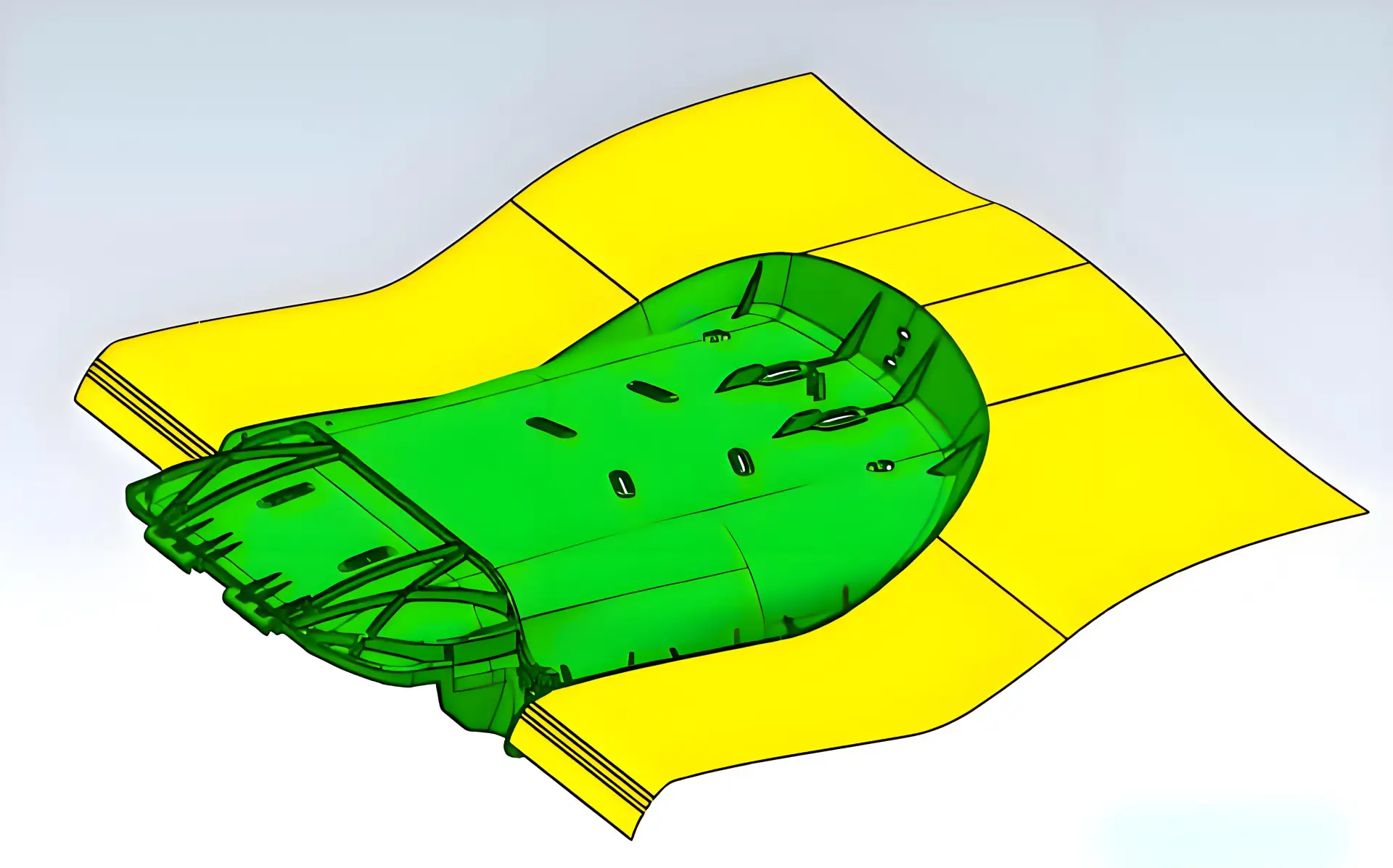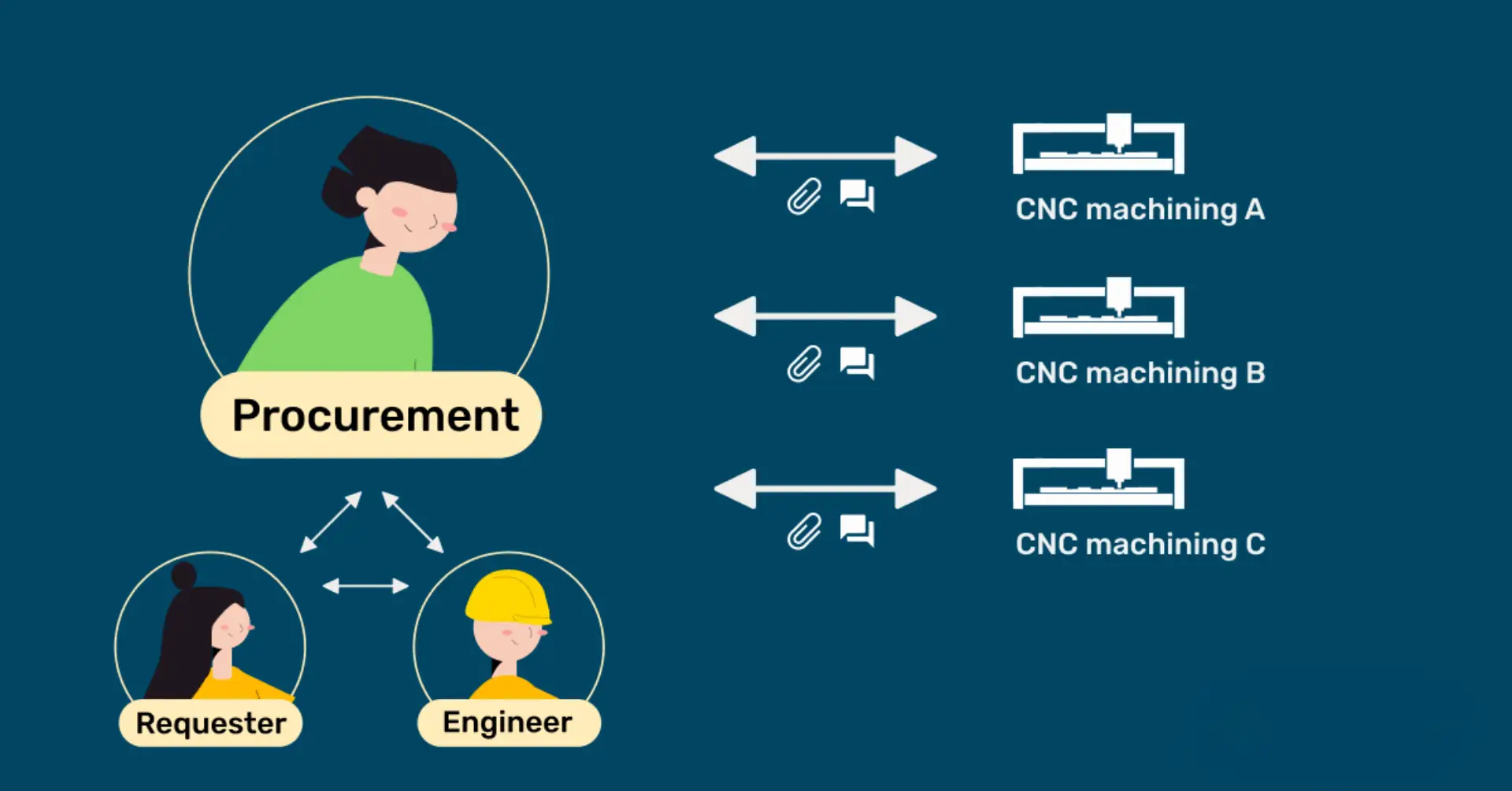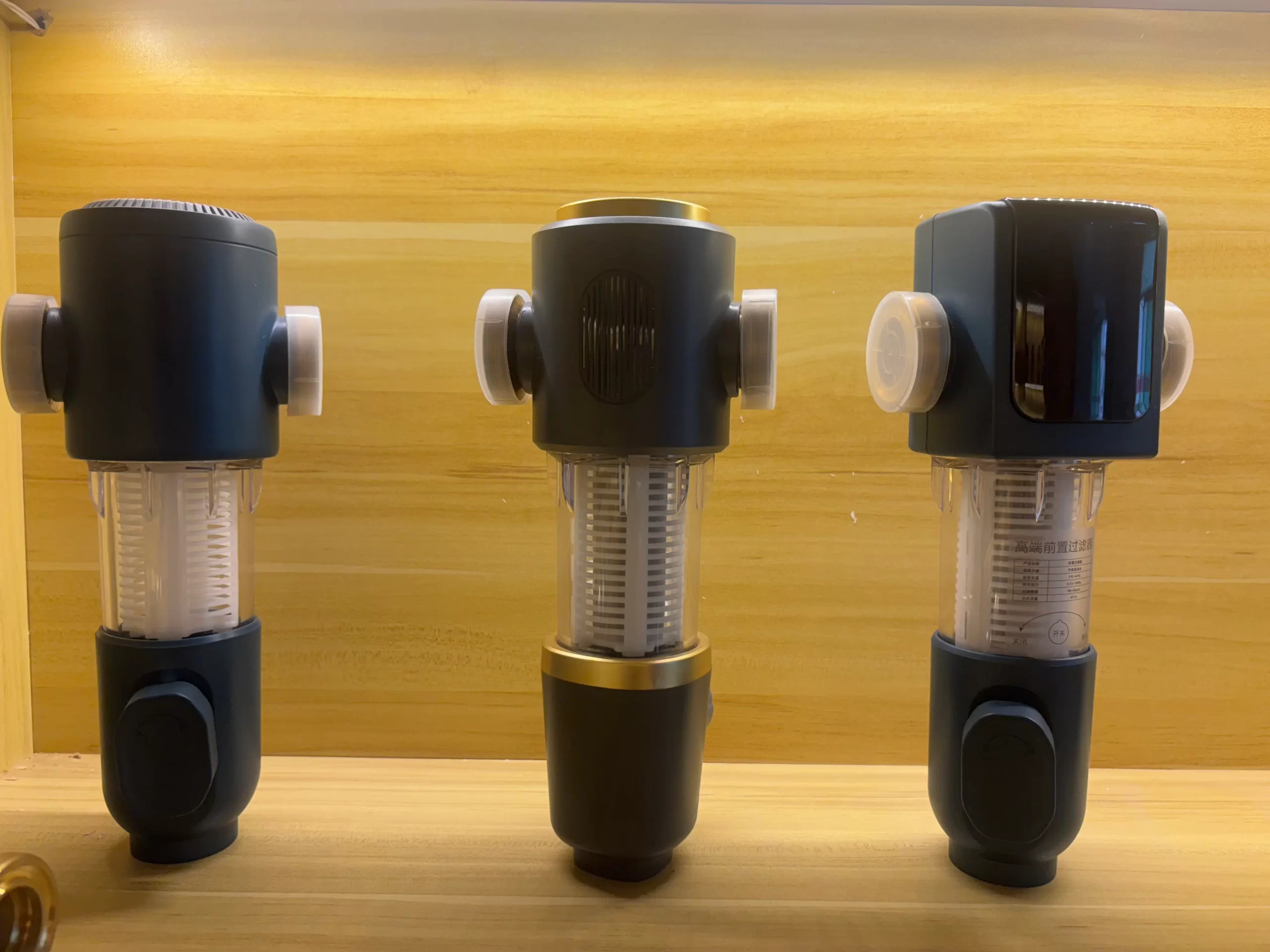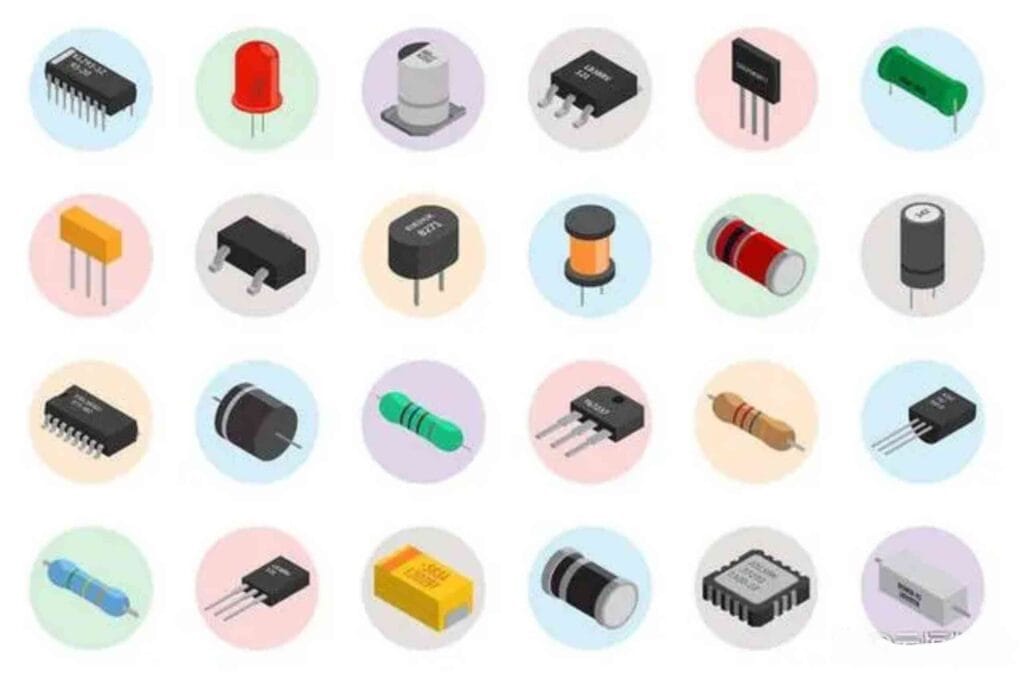
In the process of PCBA (Printed Circuit Board Assembly) design , a wide variety of electronic components play crucial roles. They are like the cornerstones of building the electronic world and work together to achieve various complex electronic functions.
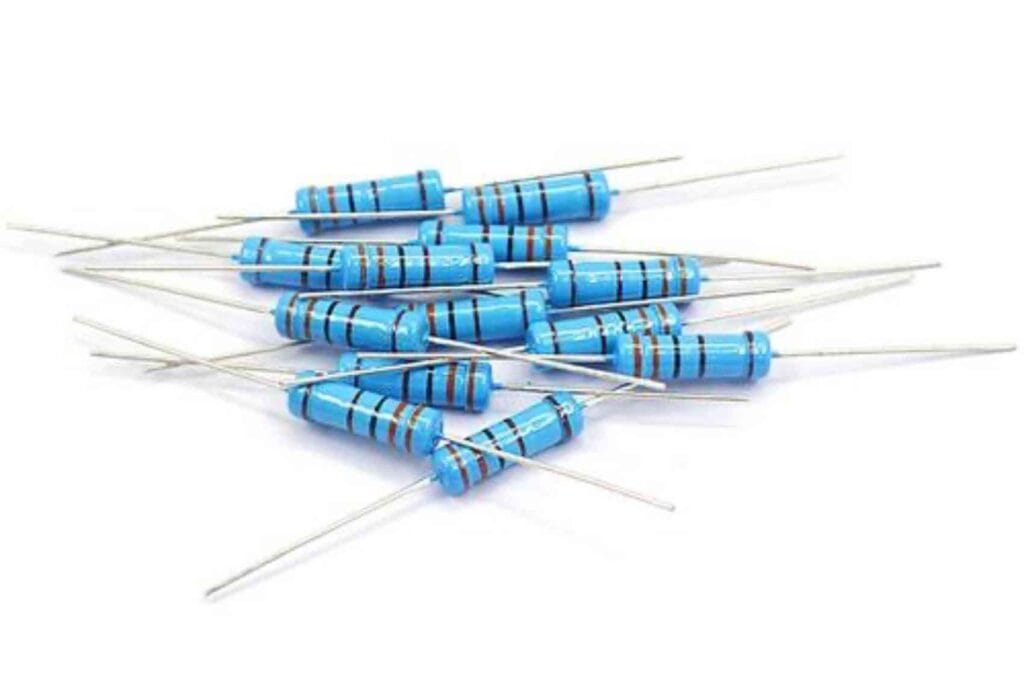
resistors
which are one of the most common components in PCBA design. Resistors, which exhibit resistance characteristics, can be categorized into two types: fixed resistors and variable resistors (potentiometers). They are used primarily for voltage sharing, current sharing, and current limiting purposes within circuits, specifically the fixed resistors.Potentiometers can continuously adjust the resistance value within a specified range. They are composed of a housing, a sliding end, a shaft, a ring resistor body, and three lead ends. When selecting a resistor, it is necessary to consider the resistance value, power, accuracy and other parameters.. Different types of resistors are selected for different application scenarios. For example, carbon resistors can be used for ordinary products, and metal film resistors with higher quality requirements can be used..
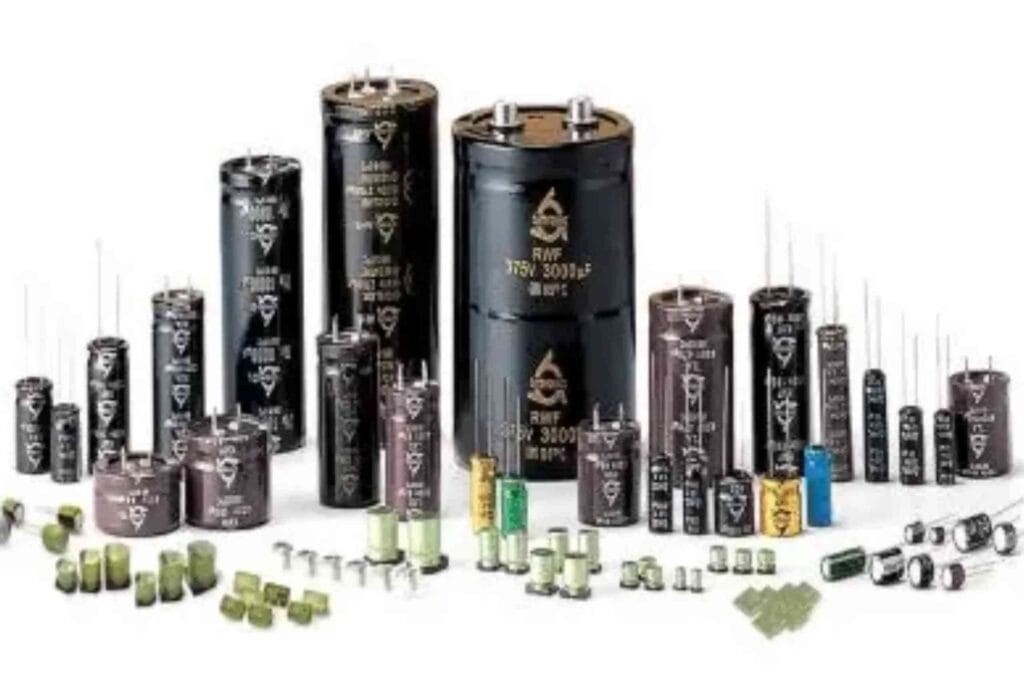
Capacitors
Capacitors are also essential components in PCBA design. They can store electrical energy and play roles such as coupling, filtering, blocking direct current, and tuning in electronic circuits. Capacitors can be classified according to the dielectric material into ceramic capacitors, aluminum electrolytic capacitors, tantalum capacitors, etc. When choosing capacitors, factors such as capacitance value, voltage rating, and temperature coefficient need to be fully considered. For example, in scenarios with large capacitance requirements, aluminum electrolytic capacitors are often used. In control circuits where small size and high stability are required, tantalum capacitors are more suitable.
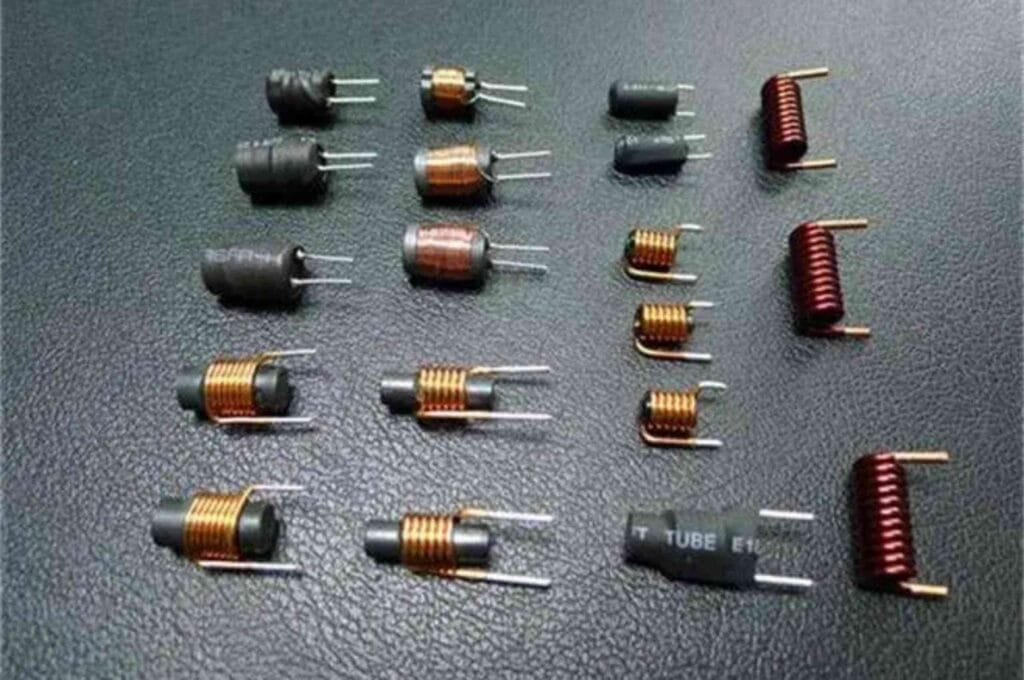
Inductors
also known as inductance coils, have the function of storing magnetic energy. They usually consist of a skeleton, winding, shielding cover, and iron core. Inductors can be used for filtering, oscillation, and delay in circuits. There are various types of inductors depending on the shape of the coil and the material of the magnetic core. In PCBA design, the appropriate inductor needs to be selected according to the frequency characteristics and inductance value requirements of the circuit. For example, in high-frequency circuits, air-core inductors may be selected to reduce magnetic core losses.
Diodes
Diodes are electronic components with unidirectional conductivity. Common ones include rectifier diodes, which can convert alternating current into direct current. zener diodes, which can play a role in stabilizing voltage in circuits. and light-emitting diodes, which are mainly used for light emission and display, such as indicator lights and display screens. Diodes are made of pn junctions, electrode leads, and an external sealed casing. Different types of diodes have different application scenarios and need to be selected according to specific functional requirements in circuit design.
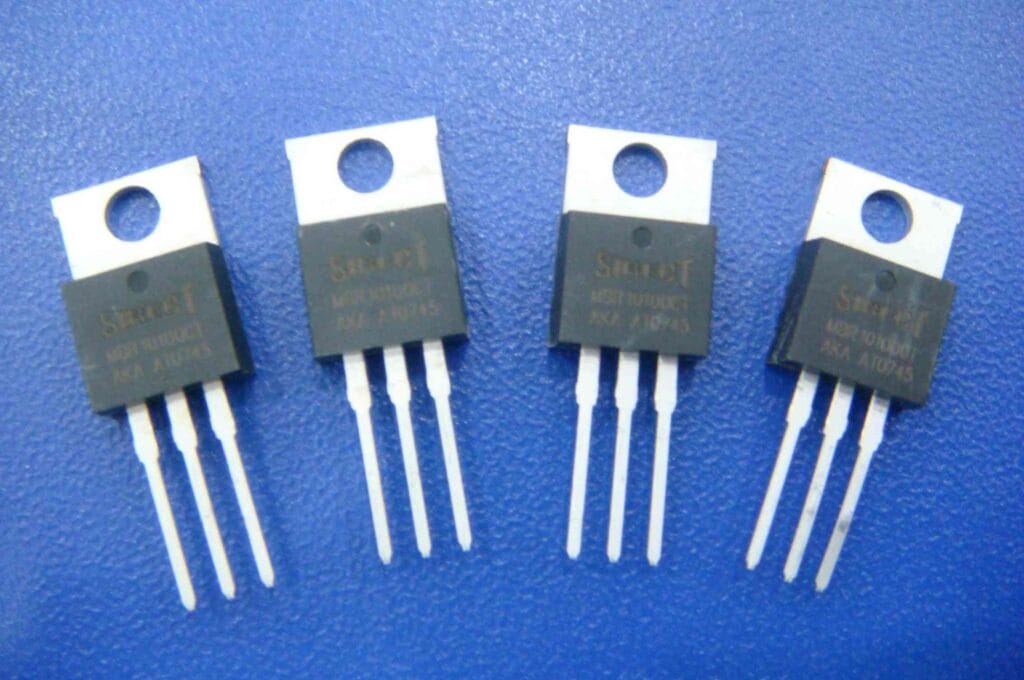
Transistors
Transistors are the core components for signal amplification and processing. They are divided into NPN type and PNP type and can amplify weak electrical signals into larger electrical signals. They are widely used in various electronic devices. The selection of transistors needs to consider parameters such as amplification factor, frequency characteristics, and voltage rating to meet the design requirements of the circuit.

Field-effect transistors
Field-effect transistors are also semiconductor devices with pn junctions. Different from transistors, they utilize their insulation characteristics rather than the conductive characteristics of pn junctions. Field-effect transistors have advantages such as high input impedance, low noise, and low power consumption. They are widely used in integrated circuits. For example, in some low-power, high-integration circuits, field-effect transistors are often used as switching elements.
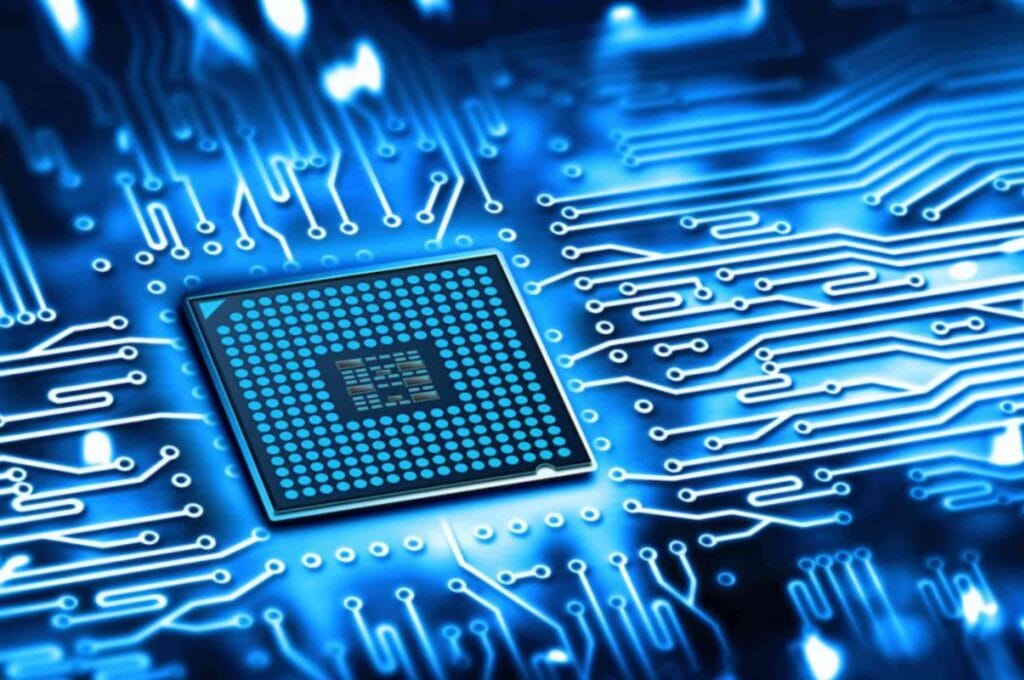
Integrated circuits
Integrated circuits are electronic components that integrate multiple electronic components on a single chip. They have the advantages of small size, powerful functions, and high reliability. Common integrated circuits include microprocessors, memories, logic gates, amplifiers, etc. They are like the “brains” of electronic devices and are responsible for processing various signals and data. They occupy a central position in electronic devices.
In addition to the above common components, other important components are also used in PCBA design and manufacturing.
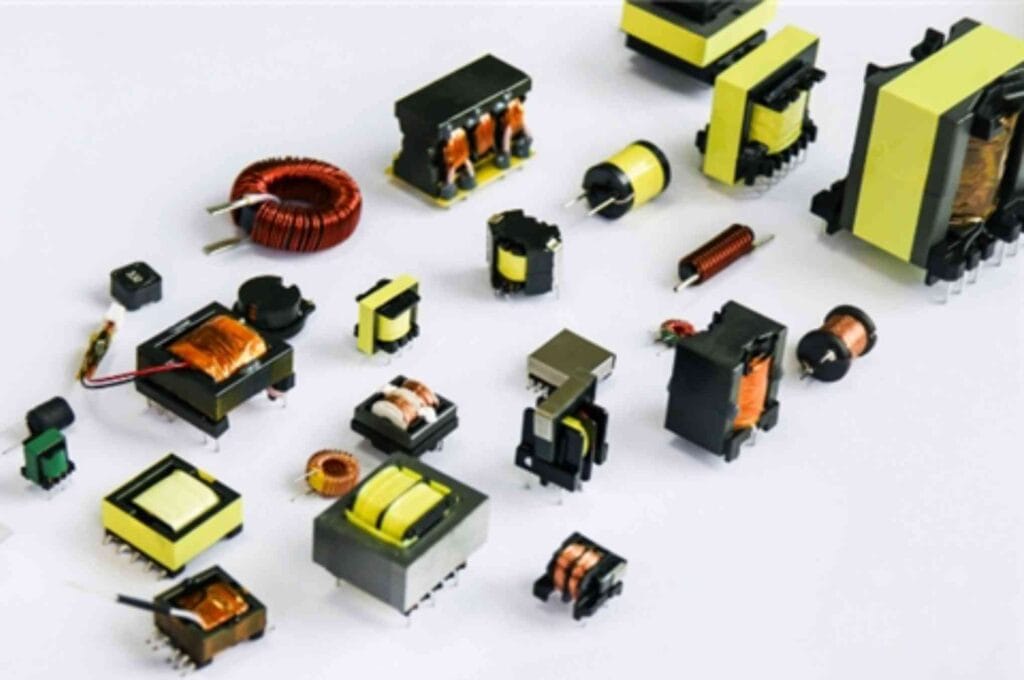
Transformers
Transformers generally consist of an iron core (or magnetic core) and coils. The coils have two or more windings. The winding connected to the power supply is called the primary coil, and the rest are called secondary coils. Transformers are mainly used for AC voltage transformation, current transformation, power transformation, impedance transformation, and buffer isolation. They are indispensable components in PCBA equipment. For example, in a power adapter, a transformer is used to convert the input high voltage to low voltage..
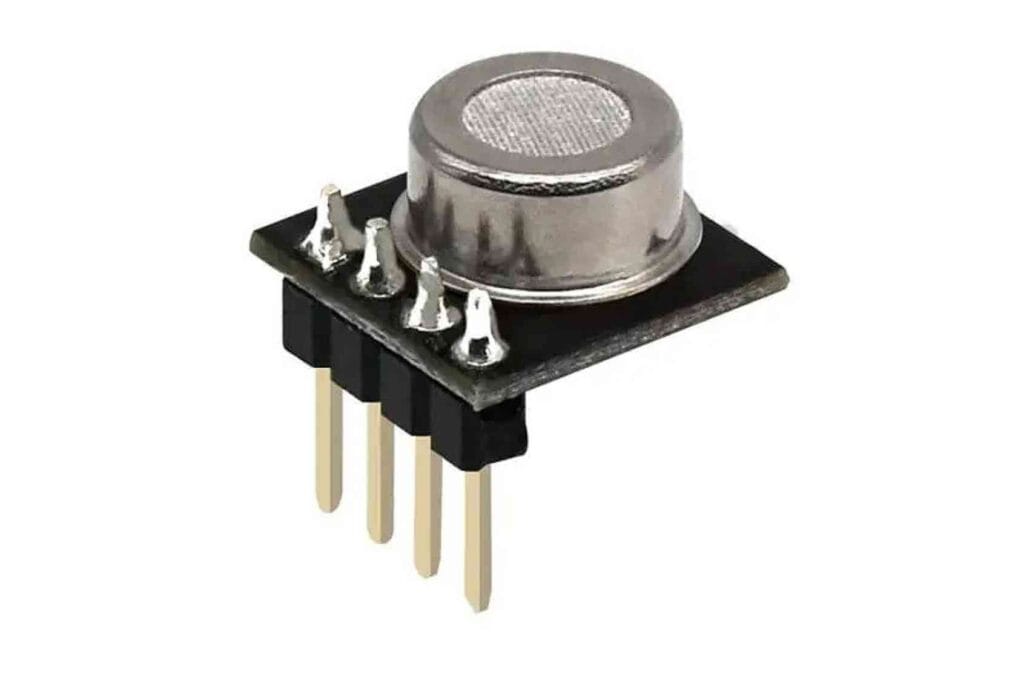
Sensors
Sensors are devices or apparatuses that can sense the specified measured quantity and convert it into a usable signal according to a certain law. They usually consist of sensitive elements and conversion elements. Common sensors include temperature sensors, acceleration sensors and light sensors. Sensors are widely used in all walks of life. It provides a key source of information for intelligent control and monitoring of devices.
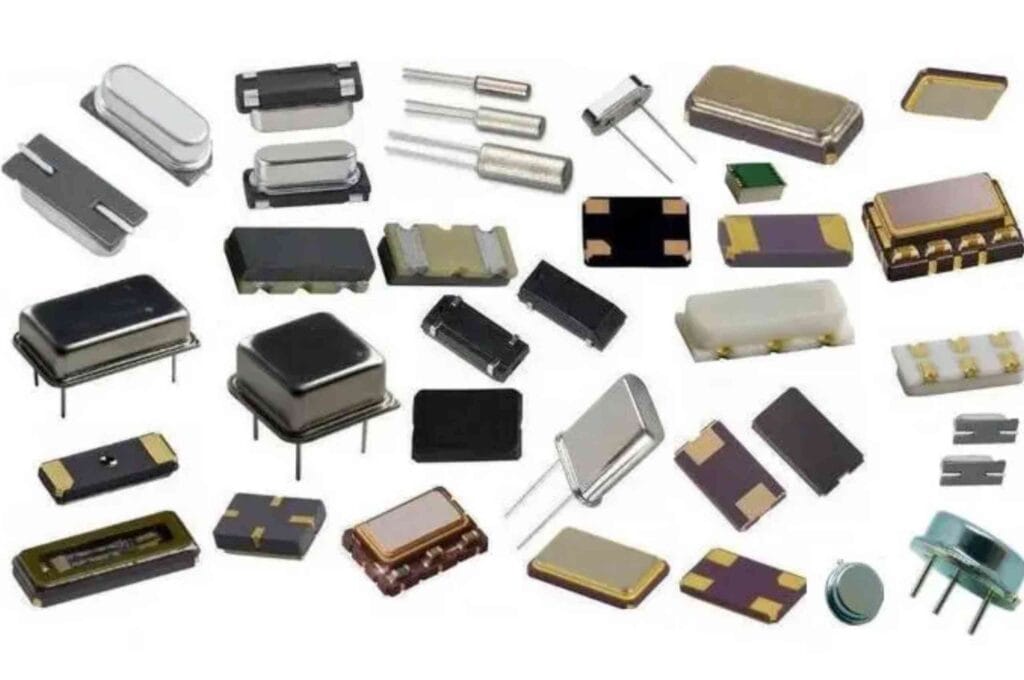
Crystal oscillators
Crystal oscillators are used to provide a stable clock signal for synchronizing circuit operations. They are crucial in electronic devices that require an accurate time reference, such as quartz watches, microcontrollers, and various communication devices. Crystal oscillators include a piezoelectric body that generates a periodic electronic signal. The piezoelectric body is usually a crystal material with a stable vibration frequency to ensure the stable operation of the circuit.
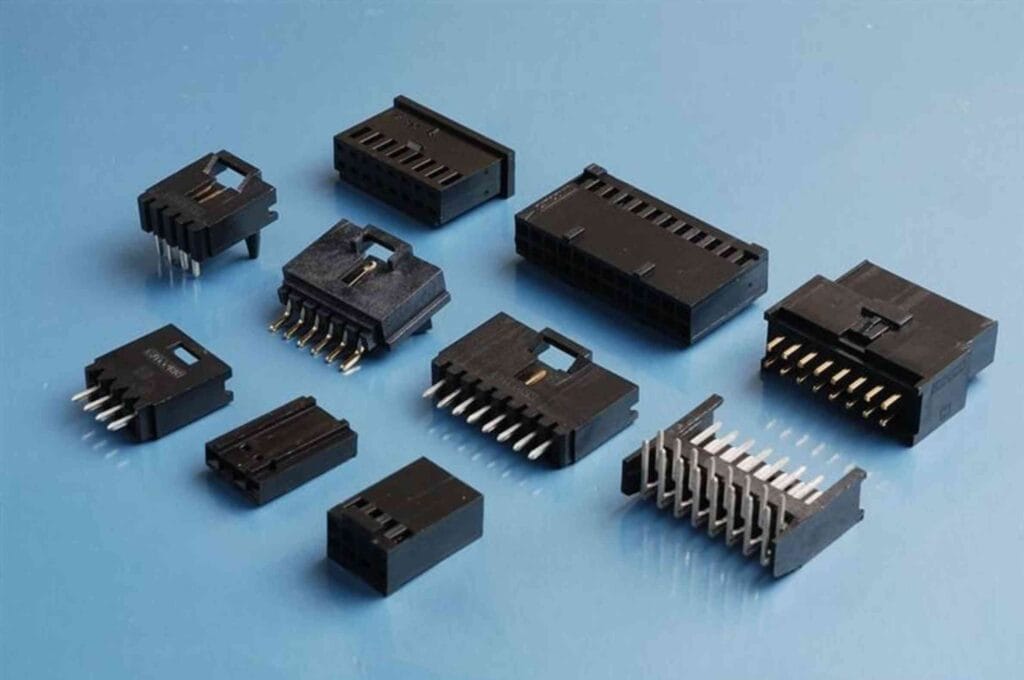
Connectors
Connectors mainly function to connect PCBs and other devices, such as socket connectors and signal connectors. There are many types of connectors. According to different application scenarios and connection requirements, there are different shapes, sizes, and pin numbers. For example, on computer motherboards, there are various types of connectors for connecting hard drives, memory modules, graphics cards, and other components. In mobile devices such as mobile phones, there are also small connectors for connecting batteries, displays, cameras, and other parts.
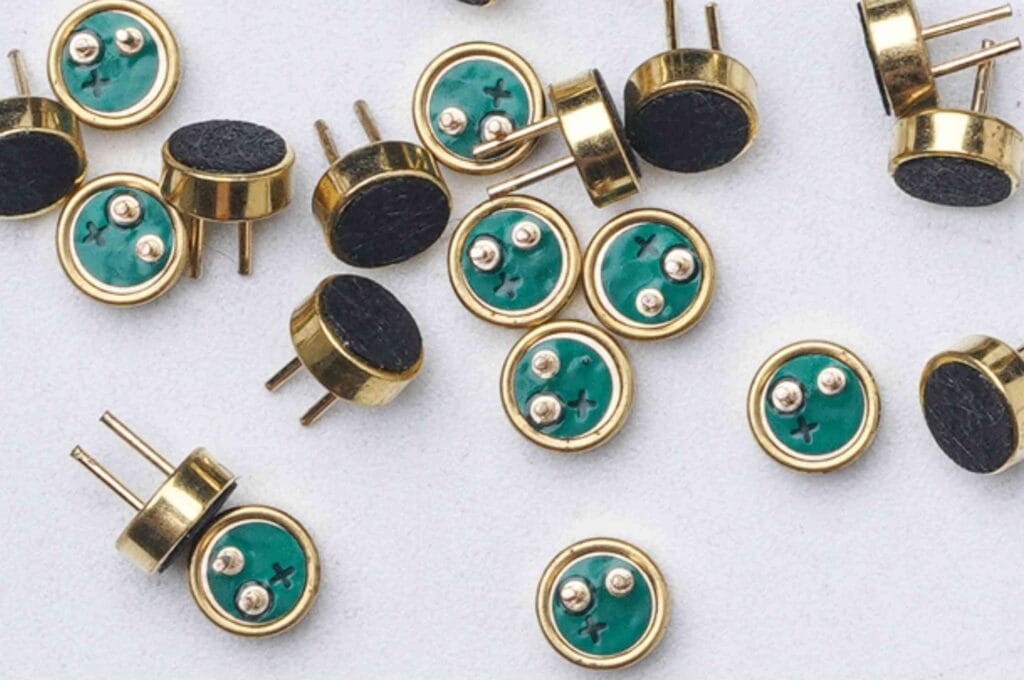
Electroacoustic devices
Electroacoustic devices are used to complete the conversion between electrical signals and sound signals in circuits. including speakers, microphones, headphones (or earbuds), transmitters, receivers, etc. They are widely used in audio equipment, communication equipment, and other fields, providing input and output functions of sound for people.
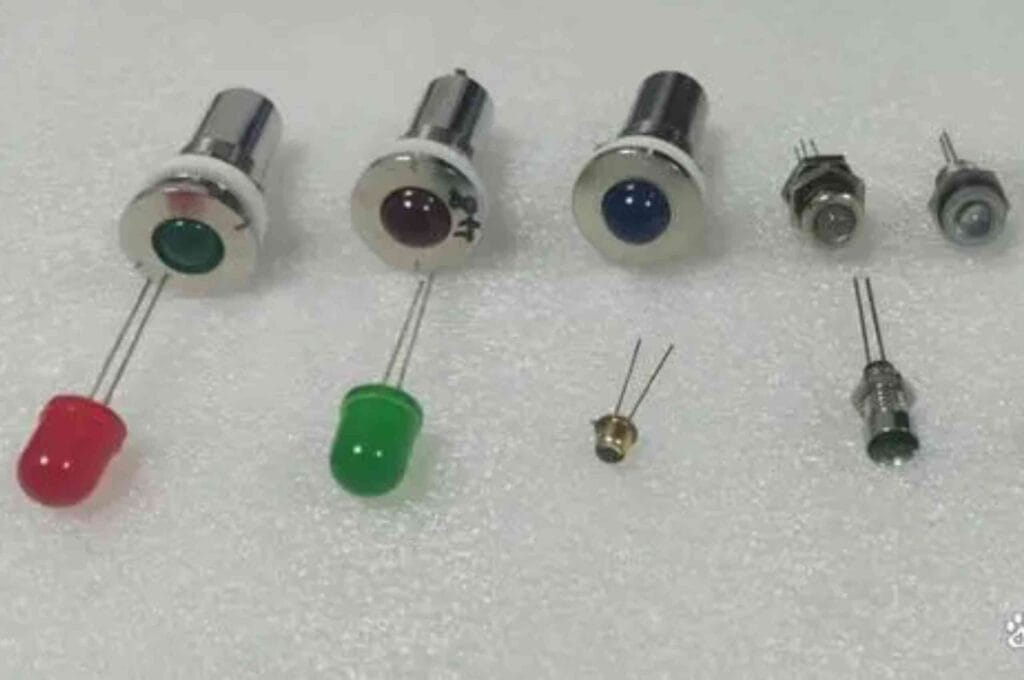
Optoelectronic devices
Optoelectronic devices work by utilizing the photosensitive characteristics or photovoltaic effects of semiconductors. For example, photoconductive devices that work by utilizing the photosensitive characteristics of semiconductors, photovoltaic cells and semiconductor light-emitting devices that work by utilizing the photovoltaic effects of semiconductors. Light-emitting diodes belong to semiconductor light-emitting devices in optoelectronic devices. In addition, there are also photodiodes, phototransistors, etc. They have important applications in fields such as optical communication and photoelectric detection.
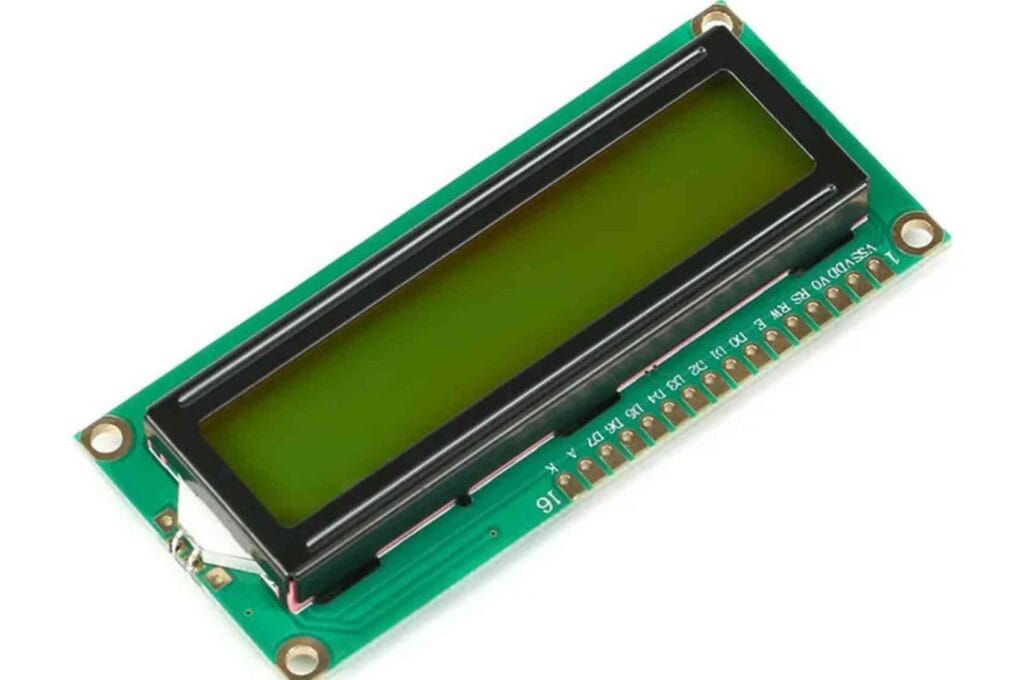
Display devices
Display devices are photoelectric conversion devices that convert electrical signals into optical signals, that is, devices used to display numbers, symbols, words, or images. They are the key components of electronic display devices. Common display devices include liquid crystal displays (LCD) and organic light-emitting diode displays (OLED). Different display devices have different characteristics and application scenarios. For example, liquid crystal displays have the advantages of low power consumption and small size and are widely used in devices such as mobile phones and tablet computers. OLED displays have advantages such as vivid colors, high contrast, and flexible display and are gradually being used in high-end smartphones and some new display devices.
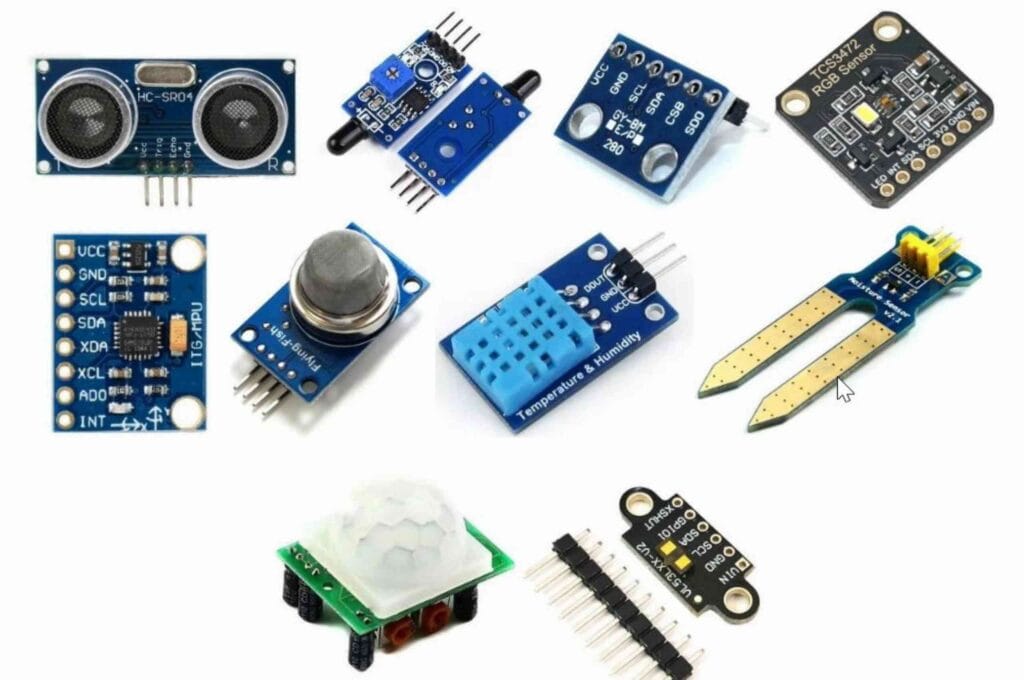
SMC and SMD
SMC and SMD, including resistors, capacitors, inductors and semiconductor devices. They have the characteristics of small size, light weight, high reliability, good vibration resistance, easy automation and so on. They are increasingly widely used in modern PCBA design .
Silicon controlled rectifiers, abbreviated as SCRs, are also known as thyristors. They are high-power semiconductor devices with four layers and three PN junctions. They have the characteristics of small size, relatively simple structure, and strong functions. They can be used for power switches, overvoltage protection, inverters, and other purposes.
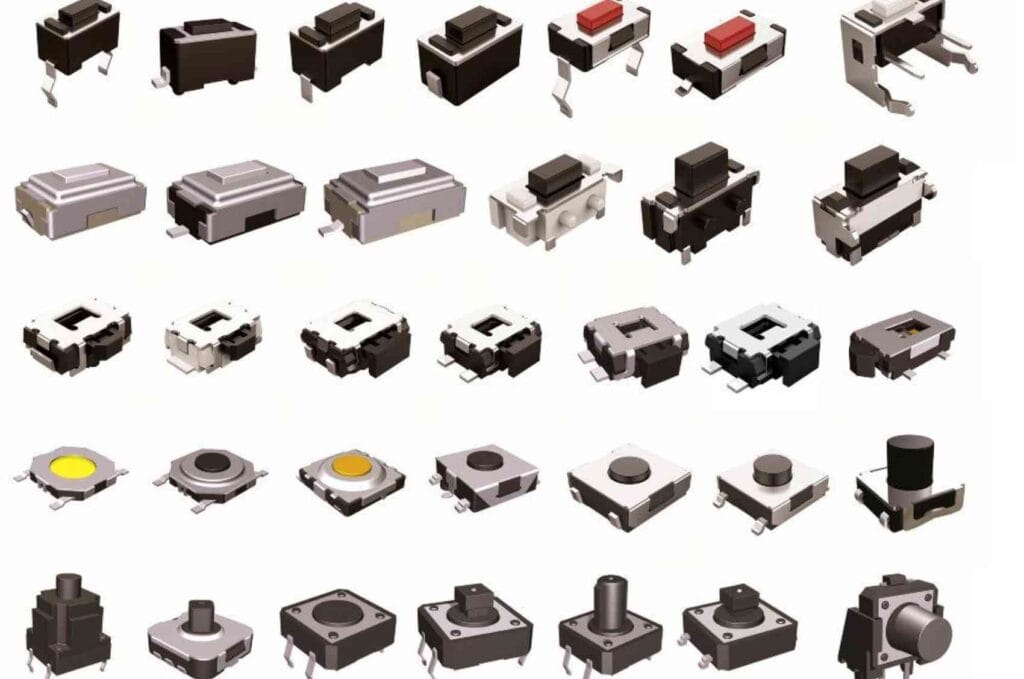
Switches
Switches are used in electronic devices to cut off, connect, or switch circuits. Common switches include sliders, levers, keys, buttons, and rotary types. Relays are automatic control devices that output a jump change when the input quantity (electricity, magnetism, sound, light, heat) reaches a certain value. They work through solenoids. When current flows through, the solenoid acts as a temporary magnet and can control a relatively large amount of current. They are often used in circuits that require remote control or automatic control.
In conclusion, in PCBA design and manufacturing, it is very important to rationally select and use various electronic components. Only by deeply understanding the characteristics and application scenarios of each component can we design electronic devices with excellent performance and reliable stability. I hope this article can provide comprehensive and professional reference and help for everyone in PCBA design.
